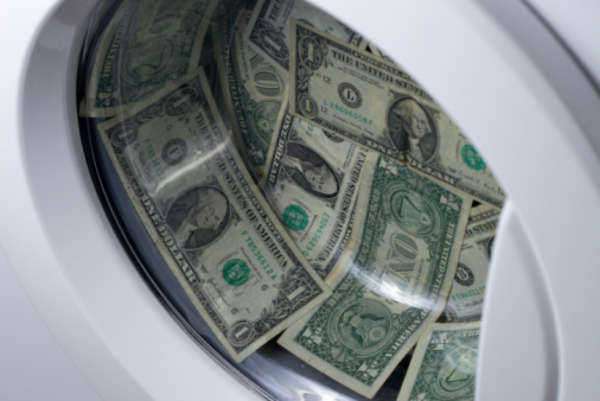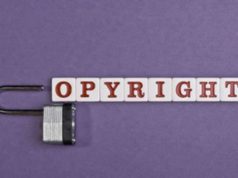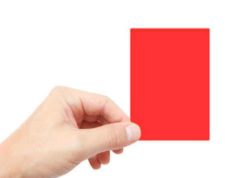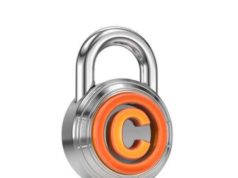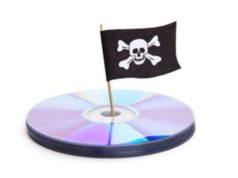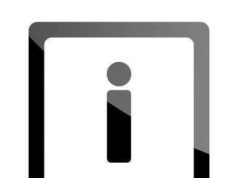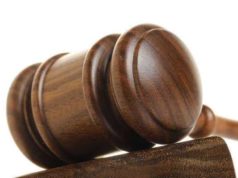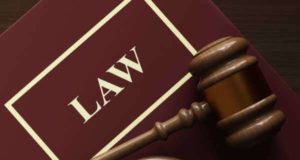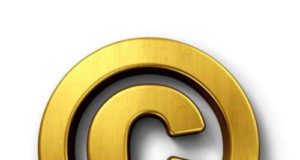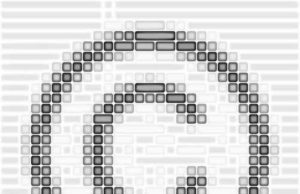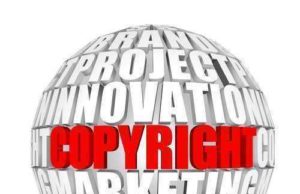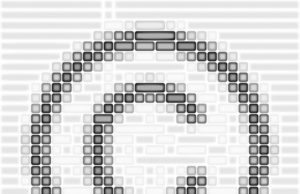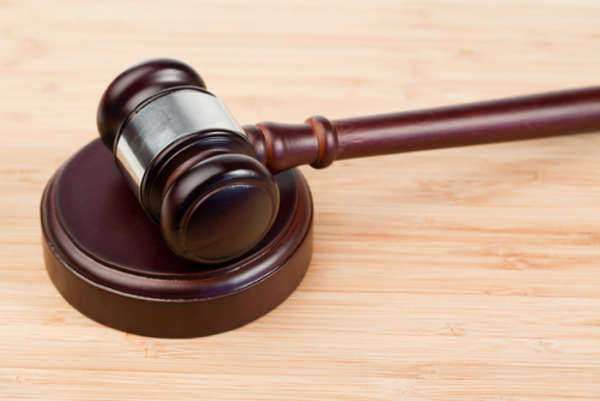
When
an author of a creative work discovers that his or her work has been infringed
upon in violation of the laws of intellectual property, he or she has the right
to file a civil lawsuit against the infringing party.
What
is an Injunction?
Once the court proceedings begin, the judge will
usually force an injunction on the defending party. An injunction is a court order
enforced by any court holding jurisdiction over the defending party which
forces the party to cease all illegal activity of infringement. This prevents
any further damage from being caused to the plaintiff’s original work.
Even
if the defendant ends up winning the infringement case and is permitted to
continue with the accused actions, an injunction is still necessary as a
courtesy to the plaintiff who believes their work is being misrepresented and
damaged. At the end of the case, the injunction is either lifted, or further
enforced, depending on the outcome of the case.
What is Impounding?
At any time during a pending court case for
copyright infringement, a court may order the impounding of all material which
has been manufactured by the violating party and any tools used to create the
illegal material, such as molds, masters, tapes, film negatives, or any other
such articles. In addition, all records produced pertaining to the creation or
selling of said illegal materials, such as receipts or bills, may be required
to come under the custody of the court.
If
the records are seized by the court through impounding, all appropriate
protective actions are enforced to ensure the defending party’s privacy in all
confidential records. Once such materials have been impounded, the final
judgment of the court may order their destruction. This includes all materials
which have been involved in the illegal violation of copyright law.

